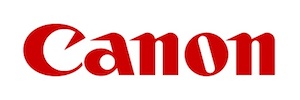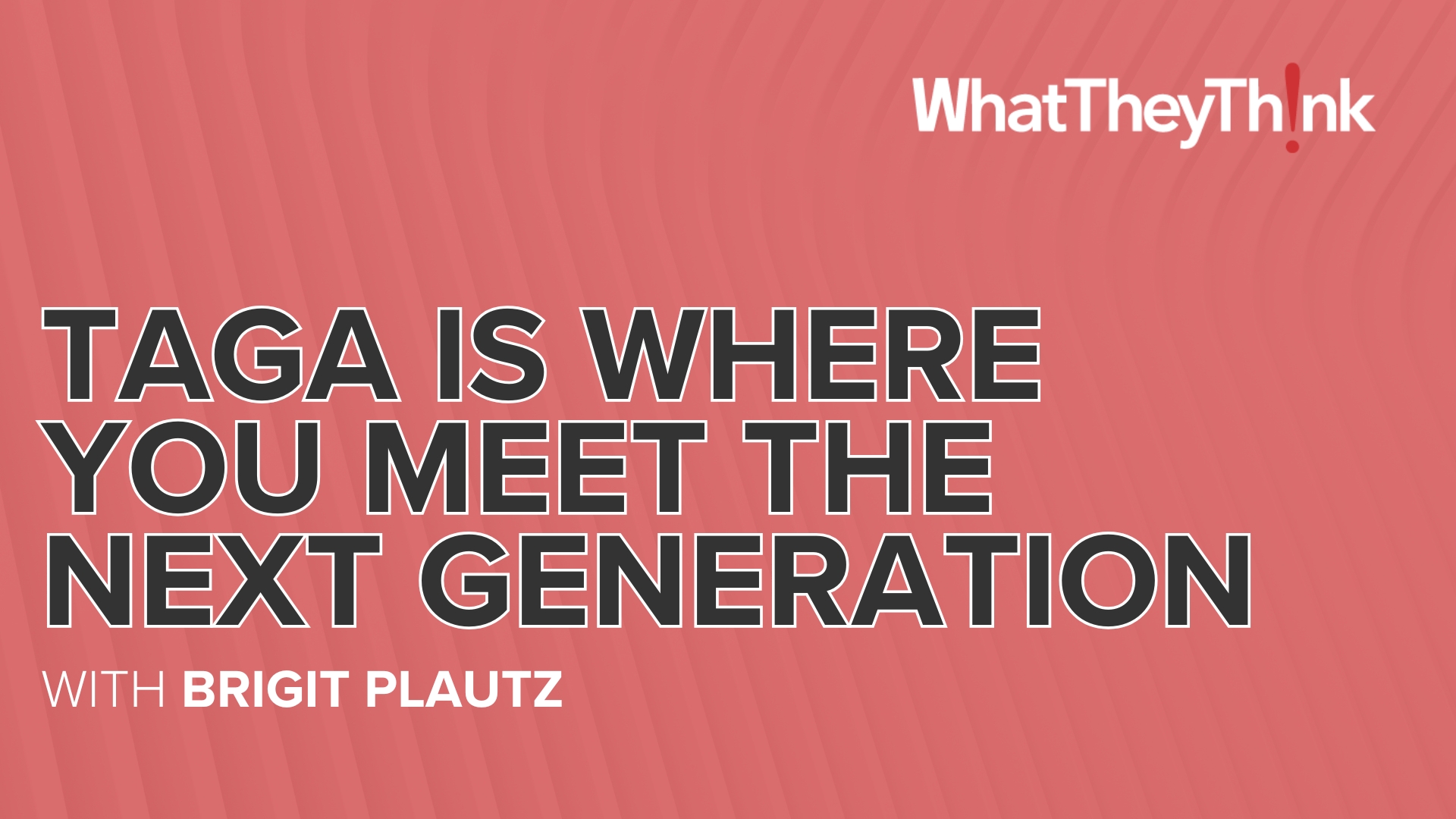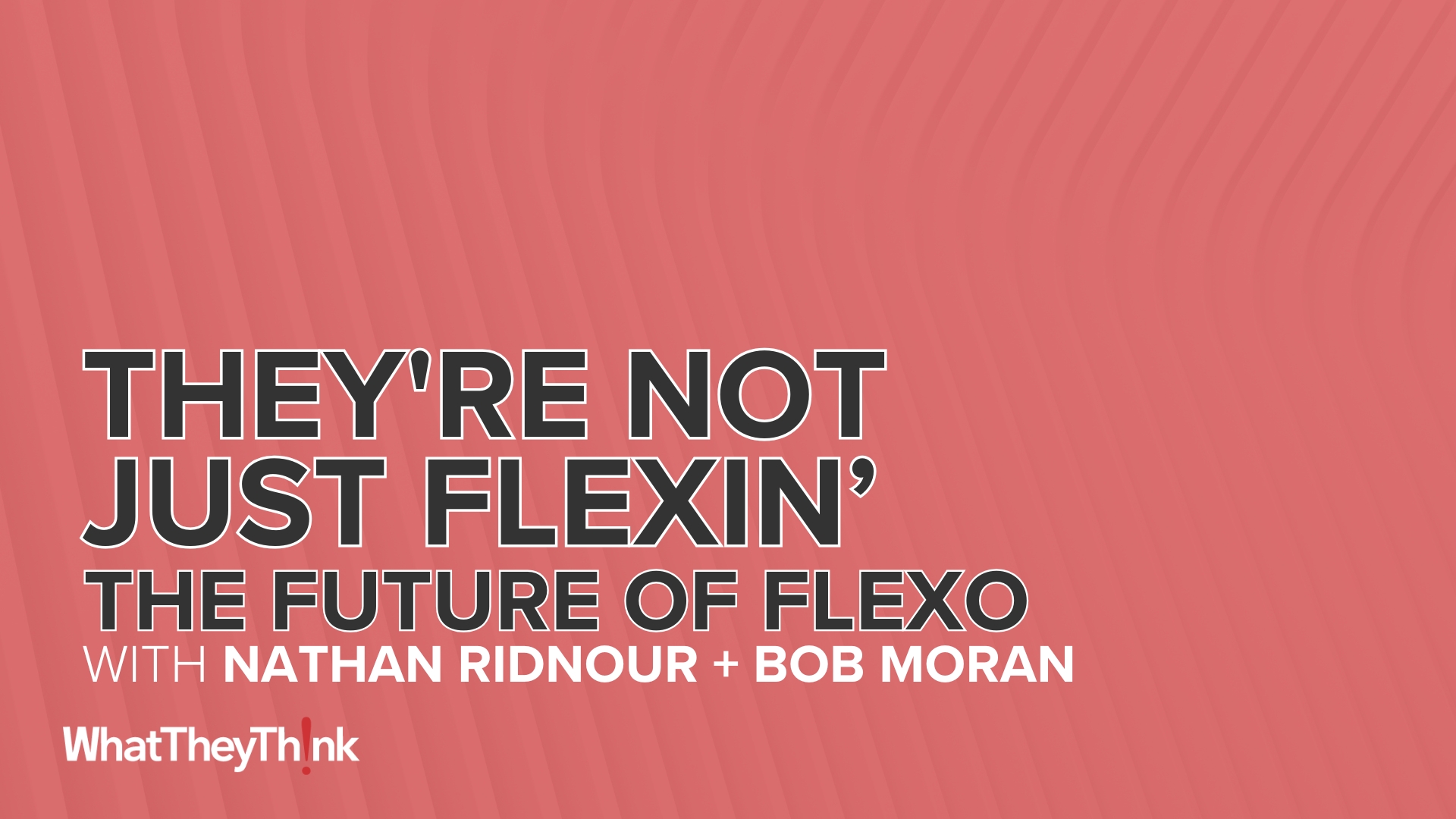Richard Romano: Hi, this is Richard Romano, Senior Analyst for WhatTheyThink.com and welcome to the educational video series, sponsored by Enfocus, and we're talking with Eli Cloots who's the Director of Product Management for Enfocus. Thank you for joining us.
Eli Cloots: You're welcome.
Richard Romano: Now, Enfocus has just recently gotten into automation the past several years. What's your basic strategy in terms of automating people's workflows?
Eli Cloots: Well, we've seen that there's a lot of improvement in automation that can happen. We see that there's these islands of automation. You've got the work flow system. You've got people observing doing the pre-flight automatically, but there's no link between all of these things together. That's where Switch comes in and that's what we want to solve. We want to make this one stream of seamlessly automated systems all together.
Richard Romano: Now talk a little bit about Switch and how that integrates with other people's workflows that may already exist or their own production.
Eli Cloots: Well, we actually have a platform for that, which we call Crossroads. Crossroads role is a location where you can find all of the different tools and systems that you can automate together with Switch. And our goal really is to take what is already there, put it inside one flow and make it one automation packet.
Richard Romano: Now what are the sort of things that companies can use Switch to automate?
Eli Cloots: Well, what we see a lot is that font intake is still a very manual process, as far as need to get in through different means. You've got the problem where all of these files need to be renamed consistently, even though you ask your customers to use those naming conventions They don't always do that. And then archiving is also a big problem. So that's something we see that is put before and after a lot of systems. And then we've got the link together with anything that has to do with getting the file to the RIP as soon as possible; getting the file in, checking if it’s okay, communicating back to the customer, pre-flight reports being sent all over the place, giving files that need work to the operator that can do it and even bringing the human factor inside the automation workflow.
Richard Romano: Now since you mentioned the human factor, there's a lot of myths floating around that you've been producing some documentation as in White papers sort of debunking some of the myths of automation. For example, that if replacing people's jobs as a computer and that sort of thing. But that's really not what your approach to automation is about at all, is it?
Eli Cloots: No. It's definitely not the goal to replace people. What we see is that competition is harder, margins are going down. So you need to do less with more. Now you can drink a lot of coffee and you work very late, but we all prefer to go home some time in the day, right. So that's where automation comes in; we try to automate all of the tasks where you know what, your competition could do it just as well as you can and then you can concentrate on everything where you can compete with the competition, which is service relating to your customers, fixing their files, solving their problems – all of those things can be added as value.
Richard Romano: So what other advice would you give to companies who are thinking of moving into – or testing the waters of automation?
Eli Cloots: Well, do it step by step. Don't throw your whole world upside down and don't just do it all together because then you'll lose your way. It'll become an enormous project and you will not get your return fast enough. So we really are there for the gradual approach. You start step by step. That's also why we built the solution model site where we really want to allow people to just do a little bit and then add a little bit of automation to that. In the end, you'll have your whole world automated, except for where you can add value.
Richard Romano: Great. Well thank you very much for joining us.
Eli Cloots: Thank you. Bye.

 Official camera partner of WhatTheyThink and the drupa daily.
Official camera partner of WhatTheyThink and the drupa daily. 












